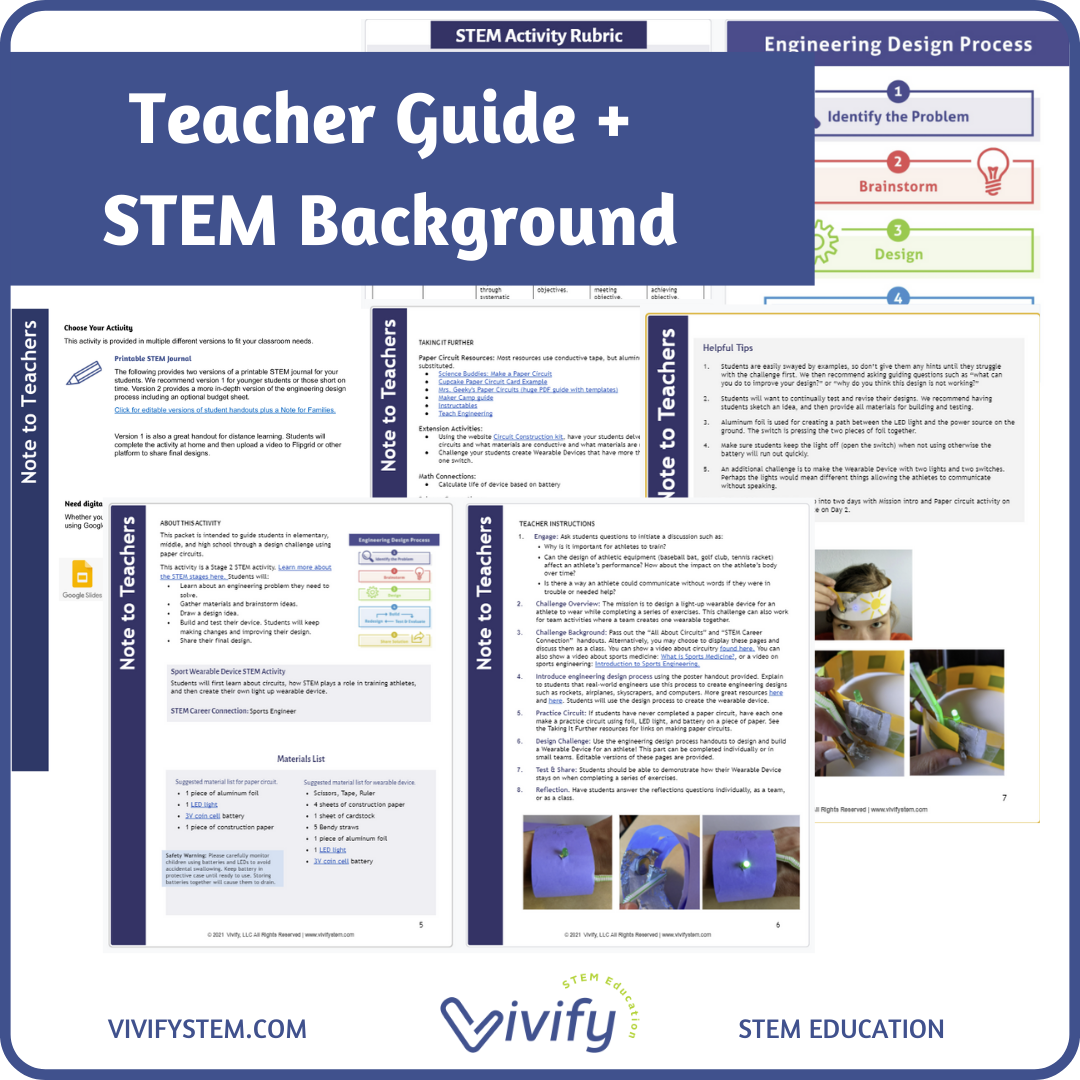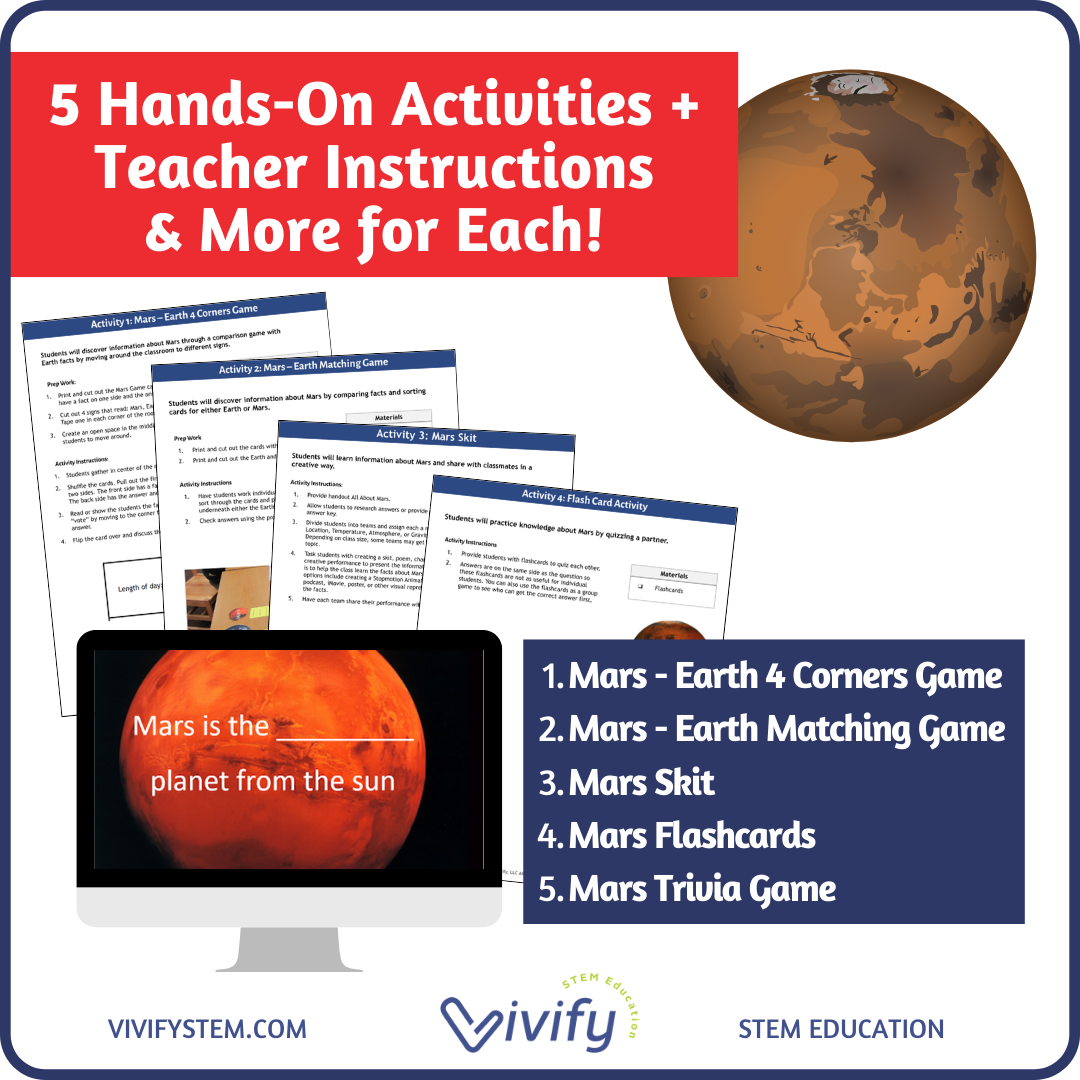Straw Rocket STEM Challenge (Forces & Motion, Variables)
Rockets are always a student’s favorite! This STEM challenge pack includes a paper rocket activity, straw rocket engineering design challenge, handouts on Newton's Laws and forces, and extension problems on variable testing and graphing.
Grades: 4th - 10th
Teaching Duration: 3 Days
Rockets are always a student’s favorite! This STEM challenge pack includes a paper rocket activity, straw rocket engineering design challenge, handouts on Newton's Laws and forces, and extension problems on variable testing and graphing.
Grades: 4th - 10th
Teaching Duration: 3 Days
Rockets are always a student’s favorite! This STEM challenge pack includes a paper rocket activity, straw rocket engineering design challenge, handouts on Newton's Laws and forces, and extension problems on variable testing and graphing.
Grades: 4th - 10th
Teaching Duration: 3 Days
“This resource made it easy to plan and implement hands-on STEM lessons with my students.”
lesson overview
Rockets are always a student’s favorite! This STEM challenge pack includes a paper rocket activity, straw rocket engineering design challenge, handouts on Newton's Laws and forces, and extension problems on variable testing and graphing.
Topics covered in the Straw Rocket STEM challenge:
* Forces & motion
* Newton's Third Law
* Engineering Design Process
* Angles
* Variables & testing
(1) Paper Rocket Activity: Students make a paper rocket with the template provided and then launch with a smaller straw.
(2) Straw Rocket Challenge: Students design and build a straw rocket to be launched with a Pitsco straw rocket launcher. Students test different variables to achieve a mission: (1) longest distance or (2) hit a target.
(3)Variable Testing: Students select a variable to test in order to optimize for longest distance. Students graph and reflect on results.
This packet includes:
- Detailed educator guide with links to resources
- Student handouts including Forces on a Rocket & Intro to Rocket Science
- Student recording packet for each step of the engineering design process
- Science extension activities to test and graph how different variables affect distance






















